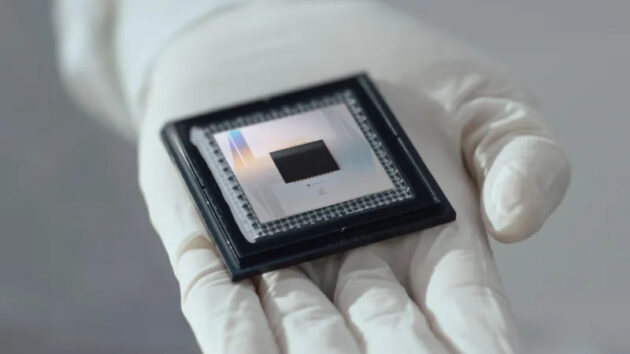Google introduced a new quantum chip that it claims could complete what would take the world’s fastest supercomputers septillion years in just five minutes.
This chip stands out as the latest advancement in quantum computing. Google has named the chip “Willow,” stating that it “paves the way for a practical, large-scale quantum computer.”
Quantum computers are the next generation of computers capable of performing calculations far faster than traditional systems. Google’s Willow chip boosts computational power by utilizing the principles of quantum mechanics, which govern the behavior of ultra-small particles. This technology could revolutionize fields like drug development and material design.
However, experts note that the Willow chip is still an experimental device, and it will take years and billions of dollars before quantum computers powerful enough to solve real-world, large-scale problems are developed. Hartmut Neven, who heads Google’s Quantum AI lab, emphasized that while Willow might be used for some practical applications in the future, commercial uses are unlikely to materialize before the end of the next decade.
Willow is particularly noted for making significant strides in error correction. Quantum computers perform calculations using units called “qubits,” but the error rate tends to rise as the number of qubits increases. Google claims to have reversed these errors with Willow’s design and programming, lowering the error rate as the number of qubits increases.
Willow was produced at Google’s new purpose-built manufacturing facility in California, marking an important milestone in quantum computing. While some experts call this development a “turning point,” they stress that it is part of the ongoing progress, not a breakthrough. Still, Willow represents a promising step toward the future of quantum computers.
Countries around the world continue to invest in quantum computing. Google’s chip could revolutionize fields like logistics, energy distribution, and telecommunications. However, more research and development will be necessary before practical quantum computers can be developed.

















